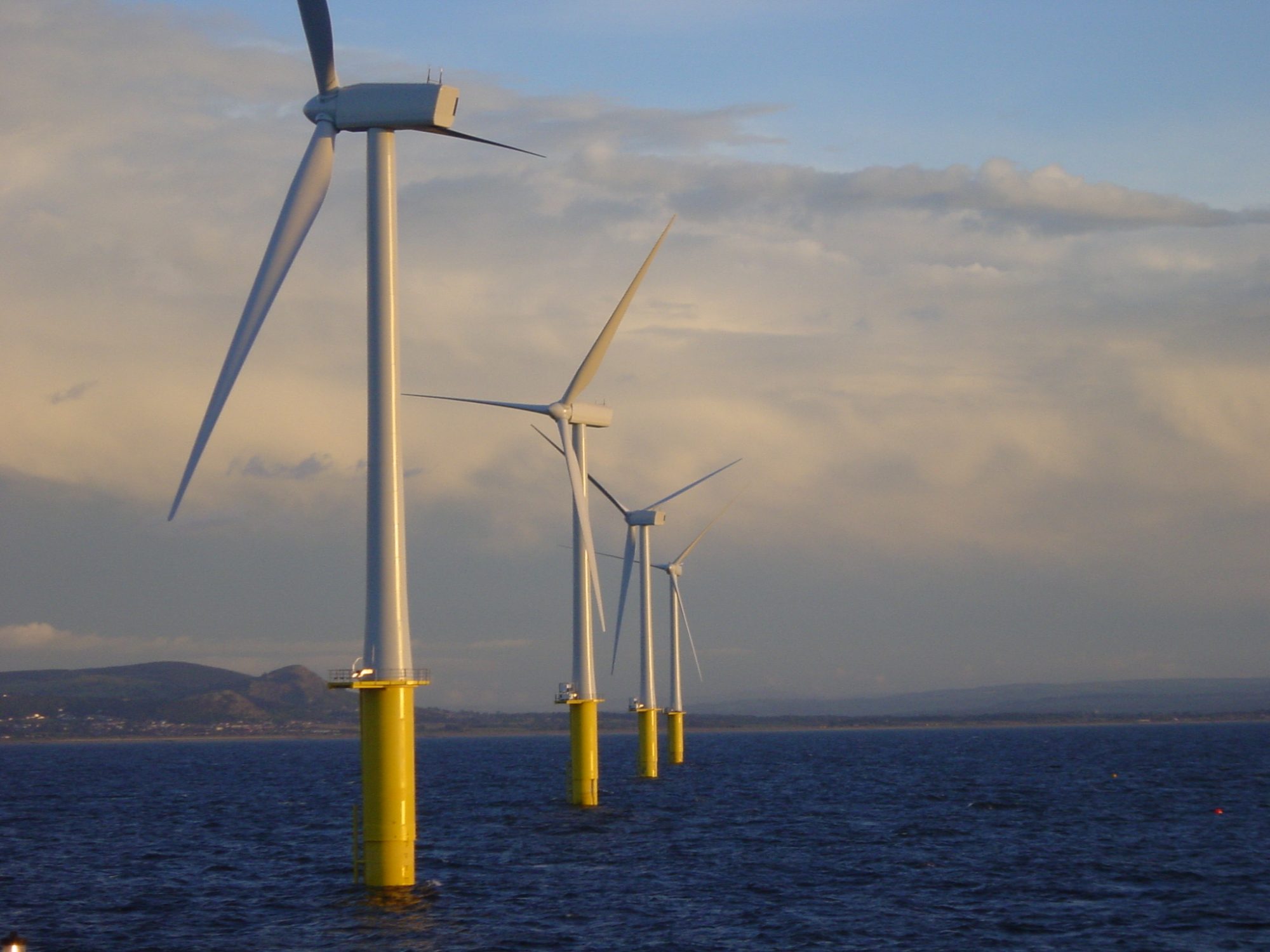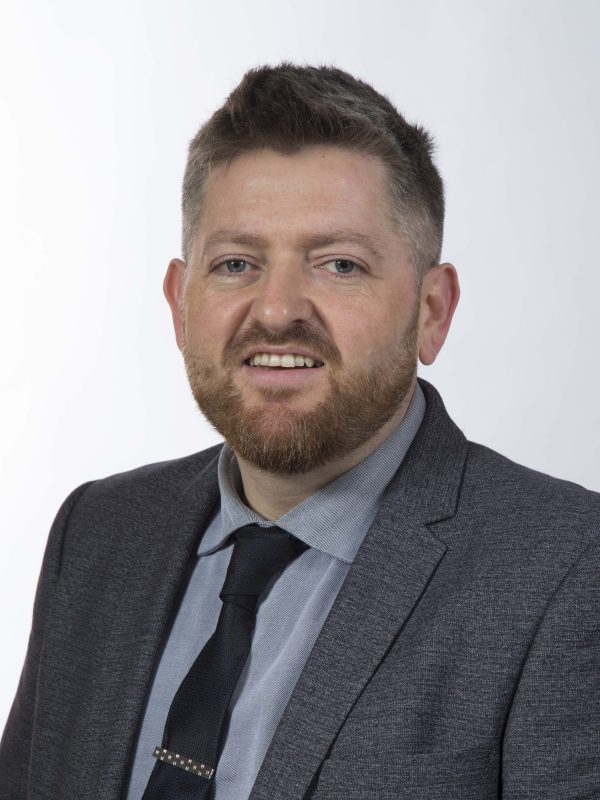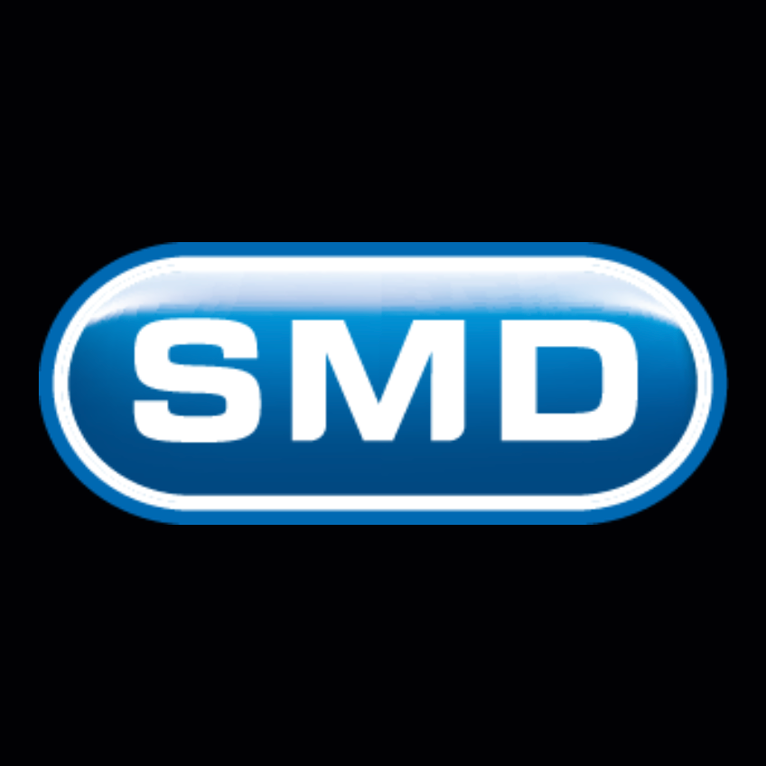The renewable energy sector is rapidly changing – Drax Electric Insights recently announced that the energy harnessed by UK windfarms has overtaken that supplied by gas, making wind the biggest source of the country’s electricity for the first time in history.
To maintain this upwards trajectory, a continued investment in renewable energy is essential. Experts predict that to meet net zero targets, 5,000 wind turbines will need to be installed in the UK every year. In response to this challenge, floating offshore wind (FOW) is becoming an integral part of the solution.
Positive indicators include the latest leasing round by Crown Estate Scotland. It listed 14 of its 20 projects as FOW rather than fixed-bottom, plus Ireland’s development plans for a 2GW FOW farm by 2030.
Wind Energy Network caught up with Paul Davison, Deputy CEO at Soil Machine Dynamics (SMD), to see what technological developments were happening within floating wind at the pioneering company.
Challenges and opportunities
Open seas and oceans, further from shore, will expose the turbines to stronger and more consistent winds, opening a host of energy efficiency opportunities. However, it also poses several challenges; in these harsher conditions, an increased strain is placed on the turbines and their supporting infrastructure. This adds a sharp focus on real time diagnostics, preventative maintenance and recovery plans for the subsea infrastructure as well as the topsides.
SMD’s investment plans are geared to supporting three of the toughest challenges the industry faces as it pivots from bottom fixed to a floating future:
- Innovations in Operation and Maintenance (O&M) for remote installations
- Subsea cable protection
- Anchoring to the seabed in deep water
O&M Innovations
The company has invested heavily into a new solution, SMD HORIZON, a cloud-based data service for remote monitoring or control of subsea equipment. This technology will enable asset owners or O&M providers to reduce the cost of remote subsea inspection, survey or installation support by having oversight, training or control of the operation onshore.
Cables
Back in 2003, SMD collaborated with MPI Offshore to build a unique Lay and Burial Tractor (LBT1) that was used on the first commercial UK Offshore Windfarm, North Hoyle, to install the inter-array cables. The knowledge gained from this first bottom fixed project is still informing new innovations at the company today.
Presently, cables contribute to 80% of insurance claims and the industry is building much better knowledge and improving the installation process to try and mitigate some of the issues relating to subsea cables.
Typical problems include:
- Fatigue or damage to the cableprotection systems
- Seabed scour or cable damage in and around the turbine base
- Emergence of free spans or de-burial due to seabed mobility
Within FOW, there are further threats, including:
- Dynamic cables
- Interfaces between dynamic and static cables
- Cable joints and cable management systems
- Deep water O&M
To further support the industry in tackling the above, the team has developed SMD Artemis technology for accurate cable tracking. This will be vitally important in establishing the as-built condition of cables during installation and hunting, tracking or proving cable conditions in any remedial campaigns.
The challenge in floating wind to bury power cables in deep water, at higher transmission voltages over longer spans is high priority for SMD, so you can expect to see solutions in 2024.
Anchoring
With the help of new mooring methods, floating windfarms can be anchored in previously unthinkable locations where water depths are too great, or seabed conditions too difficult to support traditional bottom fixed turbines.
FOW turbines are installed on floating substructures and anchored using mooring systems. These systems provide the mechanical connection between the floating substructure and the seabed. Just last year, SMD’s engineering specialists worked in collaboration with a renewable solutions provider to develop a seabed tool for installing anchors for mooring to the seabed. First applications are for wet renewables, but the next steps are to consider scaling up the anchor sizes.
Always a better way
SMD enjoys developing technology with clients and solving problems, our motto is there’s always a better way, so we can help and support clients bring their ideas and concepts to market. Innovations in installing mooring lines in hard seabed conditions is a hot topic.
FOW farms have the potential to alleviate the growing concerns surrounding the capacity of renewable energy, and the UK’s ongoing mission to achieve net zero. Whilst this market, like any other, comes with its own challenges, SMD’s pioneering technology holds the solution, helping to extract the most from this exciting energy source.
Paul Davison
Deputy CEO
SMD
Read the Wind Energy Network magazine here: 7ac10783.flowpaper.com/WEN71WEB/



